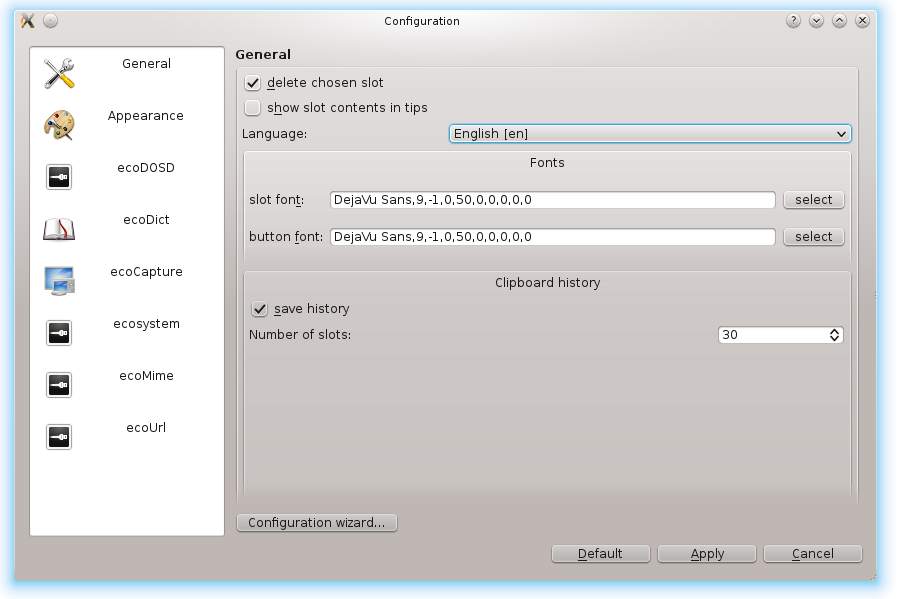


The torsional transient represents an eye movement response to a spatial mismatch between the torque axes that remain fixed in the head and the displacement plane that changes by half the angle of the change in eye orientation. Under this assumption, the vector integrator model generates torsional transients as the eye moves from secondary to tertiary positions of fixation.

Earlier models of the oculomotor plant assumed that the muscle axes remained fixed relative to the head as the eye rotated into secondary and tertiary eye positions. This study evaluates the effects of muscle axis shifts on the performance of a vector velocity-position integrator in the CNS. Role of muscle pulleys in determining saccadic trajectory. Modeling control of eye orientation in three dimensions.


 0 kommentar(er)
0 kommentar(er)
